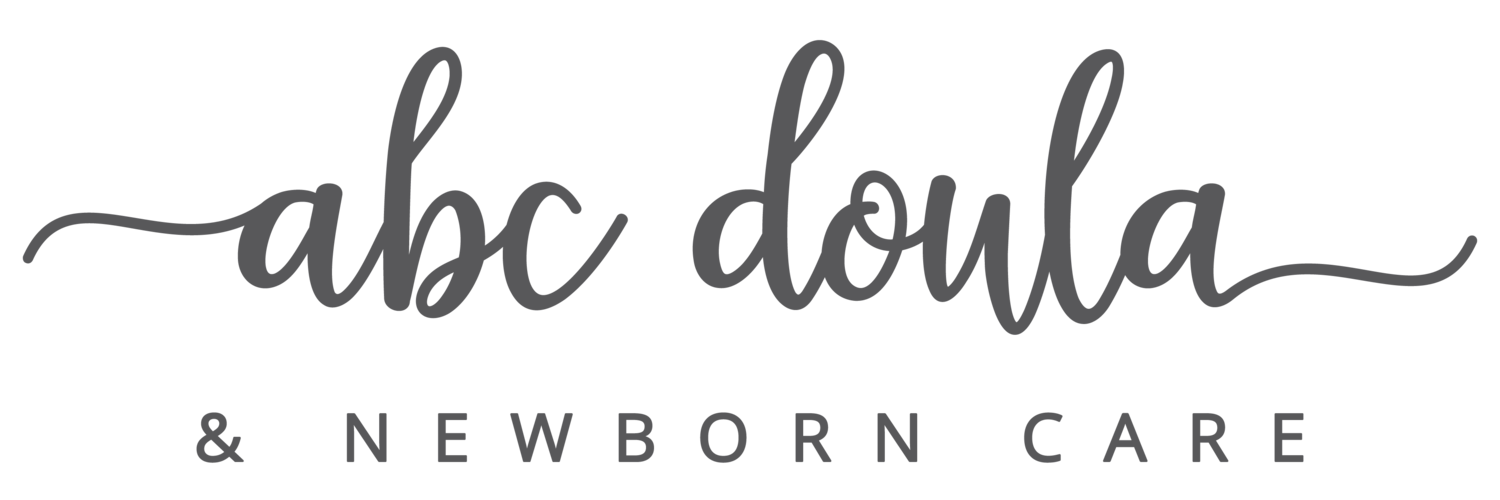Worried your nipples aren't perfect for breastfeeding?
One of the biggest questions I get when I show breastfeeding videos in class is...
"Do my nipples need to look like that for this to be successful?"
(Then said quietly, "Because I don't have perfect nipples.")
The answer is that few actually have "perfect" nipples. (Magazines airbrush those--symmetry within and between breasts or nipples is often a photo-shopped but not real.) Nipples come in a variety of shapes, sizes, colors, textures, and flexibility. Some are out, some are hidden, some are flat, some have multiples shapes to them...and usually one doesn't match each other one! (So let go of the nipple envy and embrace yours for what they are.)
So what do nipples need to do? Deliver milk to babies (and pumps)! What do they need to do this? They need to MOVE. They often need to stretch. They need to be in the right position in the baby's mouth (or pump flange) to do this without pain, which means the breast tissue around the nipple needs to be moveable.
Don't be discouraged if you don't think yours look 'right' for breastfeeding.
We know that the old advice of "roughing up' your nipples with a washcloth isn't evidence based to help support breastfeeding.
But what could you do?
Check for their ability to move. Do a shower check for flexibility when you are doing your regular breast checks. See how your nipples move. You might as well acquaint yourself with them now; they are going to occupy much of your focus after baby arrives!
Ask your midwife or OB to check your anatomy at your regular visit.
If you know you want to breastfeed, but have concerns about your nipples, visit an IBCLC for a prenatal exam. They have specialized training to assess for breastfeeding struggles, and can suggest devices that can assist with comfort or preparation. They can help you formulate a plan to get to your goals, regardless of what your nipples look like.
This is also why breastfeeding can hurt so much when the breast is too full due to engorgement or when there is retained fluid in the breast (from swelling or IV fluids).
What can we do if the nipple doesn't move because the breast is too full?
Use something cold to bring down swelling (ice diapers are a favorite)
Use massage and hand expression to release the fluid/milk
Try reverse pressure softening to move the fluid away from the base of the nipple
Pump or remove milk to reduce the pressure inside the breast
Most babies can find a way to get enough breast tissue in their mouth to get a good latch. If this isn't comfortable for the breastfeeding parent, an assessment needs to be done by an IBCLC (for a hundred things that we can't cover briefly).
However many babies can do this on their own--even with flat or inverted nipples. Breastfeeding has been done for centuries successfully with nipples of all configurations! Have confidence and ask for support for a successful breastfeeding journey.

